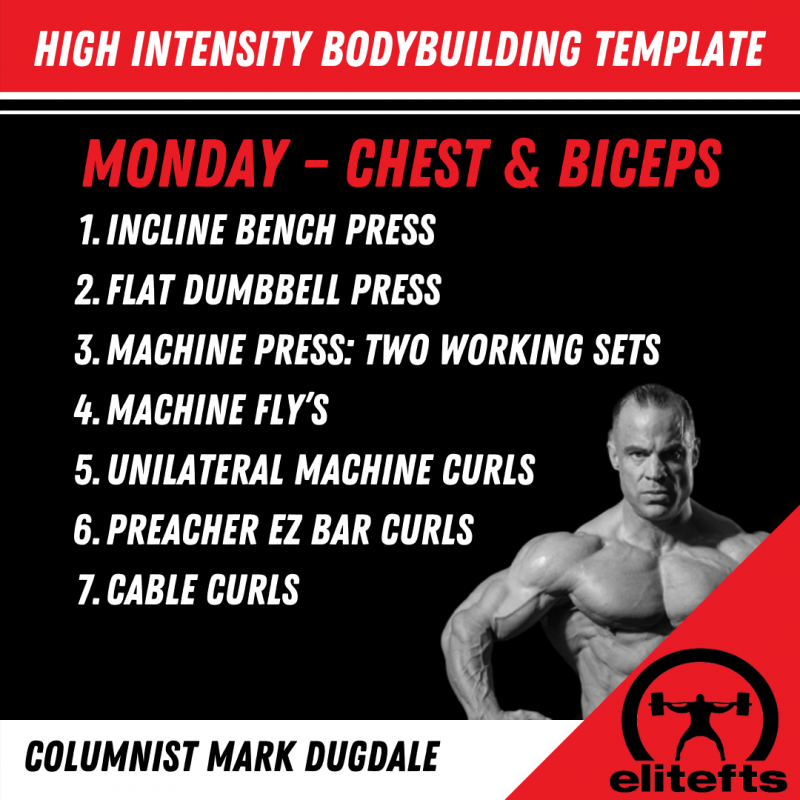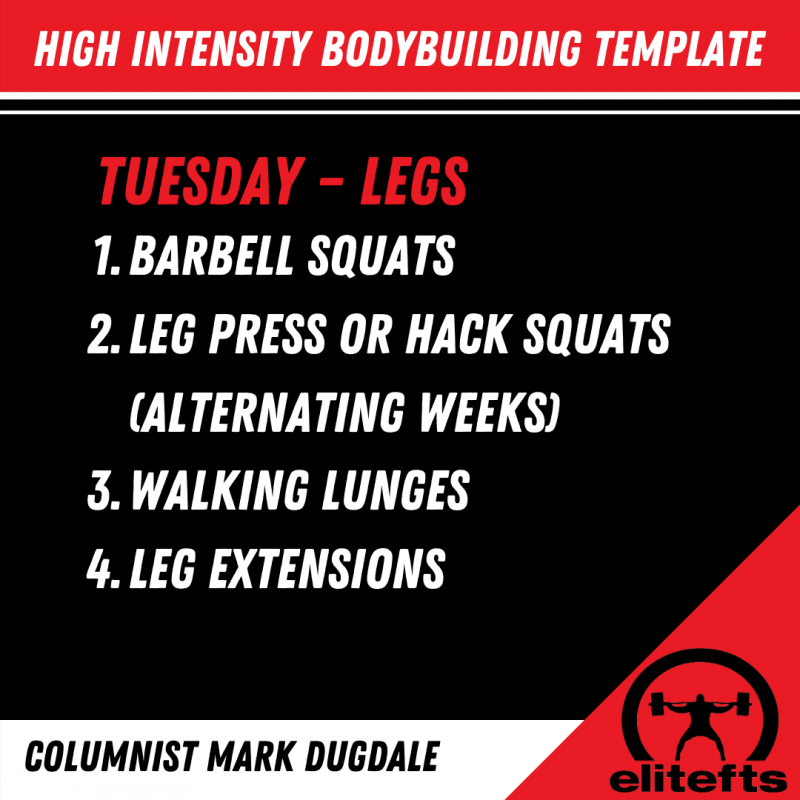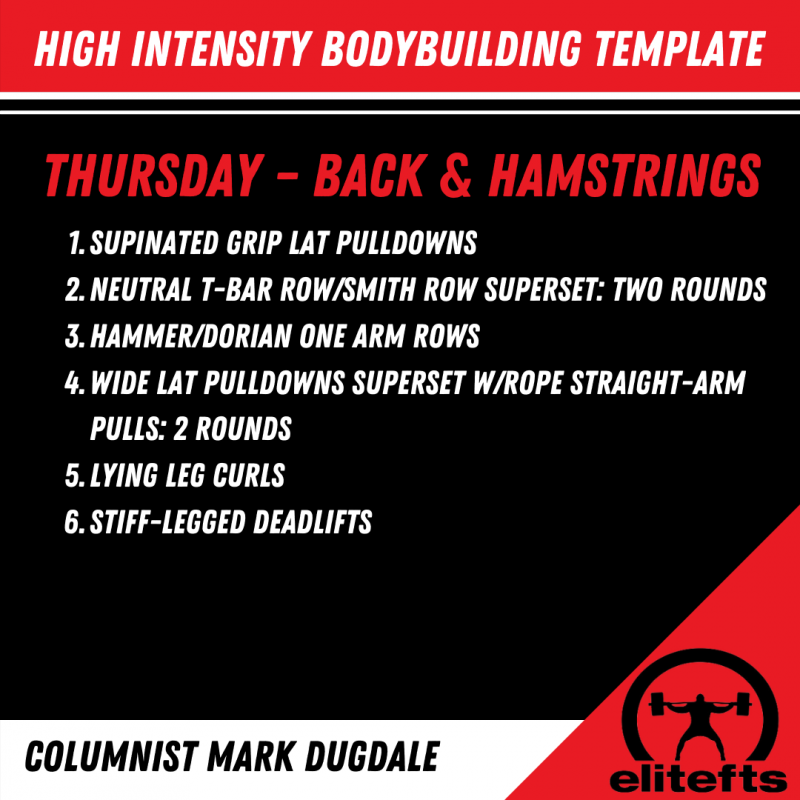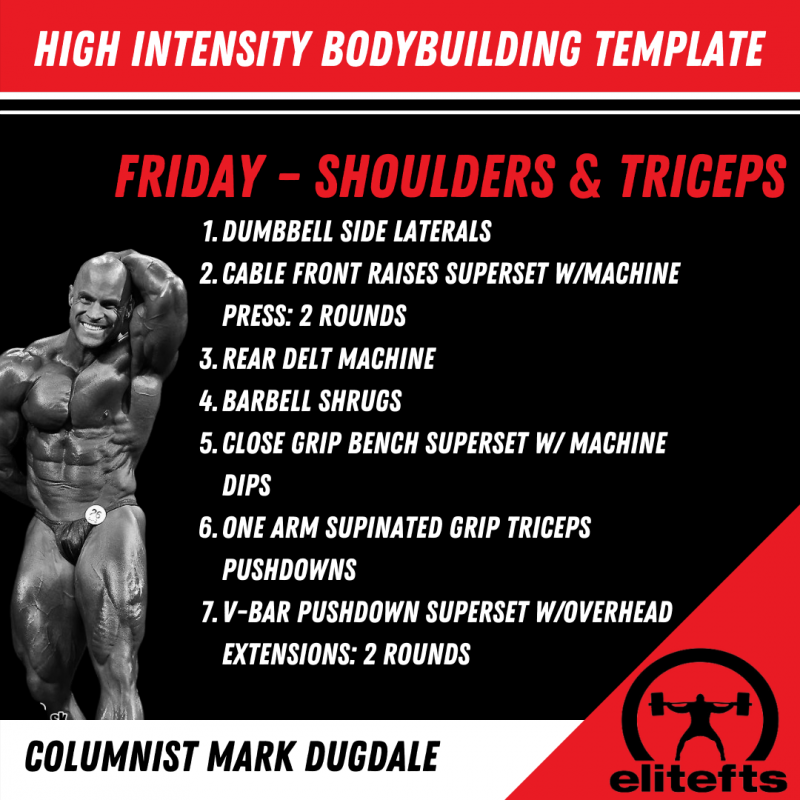
The Good
A number of benefits correlate with HIT training. First, brief workouts mean less time in the gym for those pressed for time. Sure maximum intensity is required, but 43% of the training week is an off day which reduces the chances for CNS burnout. With one or two working sets per exercise you become acutely aware of how much you save or pace yourself with higher volume programs. It requires some mental adjustments, but your body quickly learns that 100% effort is required because you only get one or two balls-out opportunities before moving to the next exercise.
The Bad
DRIVEN documented the first of my final three years in which I subscribed to HIT. Coincidentally missing from the DVD: leg training. I suffered a slight tear to my right quad a week before we planned to shoot the leg workout for the film. Dorian suffered a biceps tear in 1994 and a career ending triceps tear in 1997. HIT worked well for both of us, but eventually the intensity and heavier weights catch up to you. You can’t go balls-to-the-walls for too long before something snaps. My pec tear in 2009 on my second rep with 500 pounds on bench press was the nail in the HIT coffin for me.
Conclusion
I’ve never been much of a science guy. What works in the gym matters more to me than a scientific journal. I firmly believe HIT took me to the pro level, but it also nearly ended my career. John Meadows’ Mountain Dog Training breathed new life into my workouts by affording me the opportunity to train intensely with less chance of injury. It simply makes way more sense for me at 40 years old.
I still get emails from guys pissing and moaning about how I abandoned HIT. My response: Dorian retired at 35 from a devastating injury. I’m tilling new soil still banging away at the weights at 40. There’s a time and place for various training methods and HIT’s not what’s best for me at this stage in my life. Find the program that works for you, but be receptive to changes over the next couple decades if you want to be lifting, enjoying it and making progress years later.
Read more from Mark Dugdale here!














1. So both your working sets were in the 6-8 rep range?
2. What days did you train Calves and Abs?
Thanks!!!